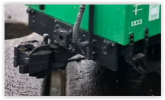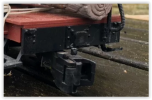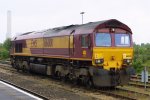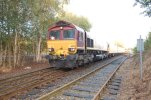SevenOfDiamonds
Registered
I've noticed that at least two of the prolific sellers of G scale rolling stock on that well known auction site are selling LGB wagons fitted with knuckle couplers, but where the buffer has been sawn off close to the buffer beam (as opposed to simply pulling the buffer from the shank) . . .


Is this a common practice with knuckle couplers (to improve access for uncoupling, maybe)? Or is it just a quirk of one collector whose collection is now being sold off by various dealers (without that "defect" being mentioned in the descriptions)?
I've bought two items of rolling stock with this "modification" and while I was happy with what-I-got-for-what-I-paid (some sellers, even major players in this field, don't always know what it is that they've got!), it's a frustrating thing to have to try to reinstate.
Best wishes
David


Is this a common practice with knuckle couplers (to improve access for uncoupling, maybe)? Or is it just a quirk of one collector whose collection is now being sold off by various dealers (without that "defect" being mentioned in the descriptions)?
I've bought two items of rolling stock with this "modification" and while I was happy with what-I-got-for-what-I-paid (some sellers, even major players in this field, don't always know what it is that they've got!), it's a frustrating thing to have to try to reinstate.
Best wishes
David


